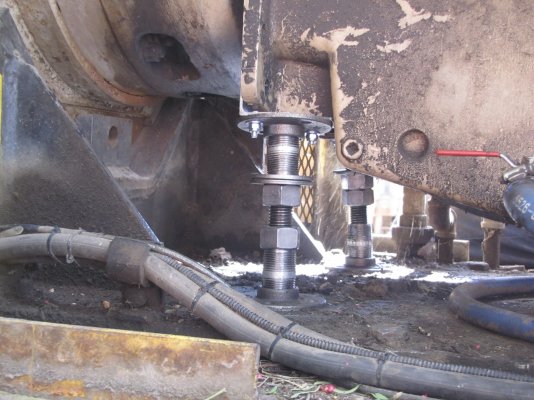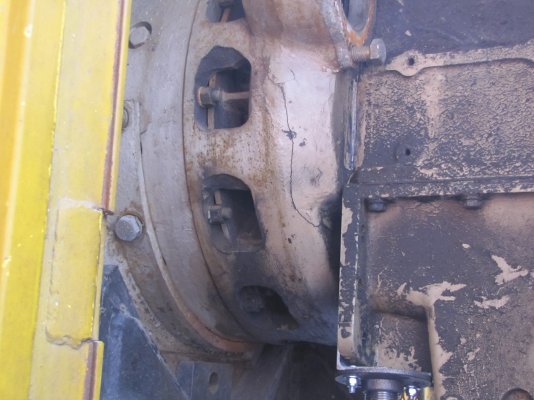Wow!! I can weld most metals with various technologies (mig, tig, stick,carbon, etc) I also know how difficult it is to get a "true weld" into cast iron. But the link you supplied is a really good answer to this issue. Very, very, clever!!!
Here is a snippet form the linked article....... Very impressive!
The repaired, metal-stitched area is gas and liquid tight to create a pressure tight repair. In addition, metal stitching Dampens and Absorbs Compression Stresses. It also spreads tensile strains and distributes the load away from the original failure point, while maintaining the alignment of the original surfaces.




 Needless to say we will not have them do the work. I came up with a simple design using screw eyes and bolts that will hold everything together.
Needless to say we will not have them do the work. I came up with a simple design using screw eyes and bolts that will hold everything together.
